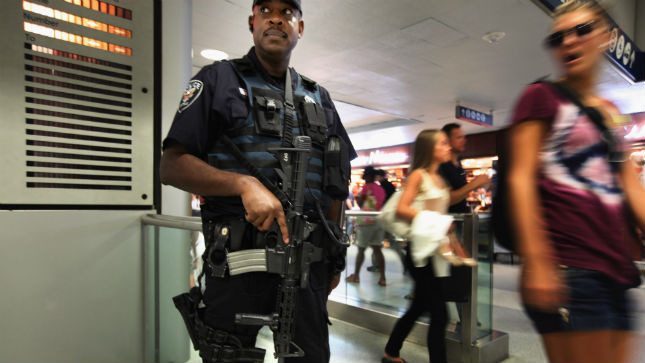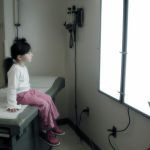
Govt. watchdog says systems to detect bioterrorism are unreliable and should be replaced
Wednesday, November 25, 2015 by usafeaturesmedia
http://www.bioterrorism.news/2015-11-25-govt-watchdog-says-systems-to-detect-bioterrorism-are-unreliable-and-should-be-replaced.html

(NationalSecurity.news) The United States’ primary defense system aimed at identifying biological terrorism embodied in a billion-dollar network of air samplers in cities around the country are unreliable at best and cannot be counted on to detect attacks, says a new report by the Government Accountability Office.
The Los Angeles Times reported that the BioWatch system, developed and introduced by President George W. Bush in 2003, has been problematic almost from the outset, frustrating officials with several false alarms because it is not capable of distinguishing between harmless germs and deadly pathogens that terrorists would be most likely to deploy in a bio-attack.
The GAO’s chief scientist and lead author of the new report, Timothy M. Persons, told the L.A. Times that health and public safety officials “need to have assurance that when the system indicates a possible attack, it’s not crying wolf.” And at present, he added, Dept. of Homeland Security officials cannot reasonably offer such assurances.
“You can’t claim it works,” said Persons.
Homeland Security, which has BioWatch oversight, has regularly praised the effectiveness of the system while looking to upgrade it with newer technology. But the GAO’s report challenges those claims even as it highlights the nation’s vulnerability to bio-terrorism at a time of renewed concerns about the capabilities of the Islamic State, whose operatives just killed 130-plus people at six locations in Paris, France, in what was a well-planned and coordinated assault.
The 100-page document, which was scheduled for release Nov. 23, said that DHS “lacks reliable information” about BioWatch’s “technical capabilities to deteck a biological attack.” The L.A. Times was given a copy of the report, the paper said.
For one, the federal government has never defined the system’s minimum capabilities or “performance requirements,” which are needed for BioWatch to alert officials to a deliberate release of pathogens without being fooled by benign germs that regularly inhabit the environment, sad the report.
- Have you ‘liked’ NationalSecurity.news on Facebook? Never miss a story! Click here!
DHS officials “told us that in the 12 years since BioWatch’s initial deployment, they have not developed technical performance requirements against which to measure the system’s ability to meet its objective,” says the report.
In an attempt to defend the system, DHS referenced computer simulations and tests in featuring the release of biological agents in sealed chambers. However, the GAO report noted that those tests were not sufficient to support “conclusions about the system’s ability to detect attacks.”
So far, BioWatch has not had to detect a real-life biological attack.
In response to the report, Jim H. Crumpacker, a senior DHS official, wrote that the threat of bioterrorism is an enduring one “to the security of our nation” and that the BioWatch network is the only “biosurveillance system designed to detect the intentional release” of airborne pathogens, the L.A. Times reported.
“The program provides public health officials with a warning of potentially hazardous biological agent release before exposed individuals would typically develop symptoms of illness,” Crumpacker wrote, adding: “It is important to recognize levels of uncertainty and limitations are inherent in any complex technical system.”
The paper further noted:
BioWatch relies on about 600 air-collection units stationed atop buildings, in transit stations and in other public places in more than 30 urban areas. Mobile units are deployed at some major spectator events, such as the Super Bowl.
Congress requested the GAO study following an earlier Los Angeles Times report in 2012 that identified serious shortcomings in the system.
The GAO report recommends no more money be spent on the system, even though the current air collectors and other equipment associated with BioWatch are wearing out.
The U.S. government spent $87 million on the system over the last year.
Other experts agreed with GAO’s conclusions.
“BioWatch has devolved into little more than a program for channeling funds from taxpayers to contractors,” Richard H. Ebright, a Rutgers University professor of chemistry and biology, who has focused on bioterrorism policy, told the Times by email. “The correct solution is to start afresh.”
See also:
http://www.latimes.com/nation/la-na-bioterror-defense-20151123-story.html
Tagged Under: Tags: bioterrorism protection





